Every human being has bones which constitute the framework that supports the body, this is the skeleton. Because its elements, the bones, are inside our body, under the layers of skin and muscles, it is also called an endoskeleton. The external artificial system, added for support and protection, is called an external skeleton or exoskeleton. Such a suit has a clear role and can be used in fields like army, medical, constructions, etc.
Fiction has become reality once the HAL suit, produced by Cyberdyne based in Japan, has been launched. Its name is related to the movie “Terminator”, where the company with the same name produced Skynet, a fictional artificial intelligence system.
HAL or Hybrid Assistive Limb, is perhaps the most advanced exoskeleton suit available on market. The price for the commercial version of this robotic suit is between $14,000 and $19,000.
What can it do?
Used as an extension of the body structure, HAL5 is used to support movement and to lift weights. In medical purposes the suit is used by patients with disabilities to rise from a chair, to walk or to lift various weights. In constructions can be used in common activities, especially for carrying or picking up heavy loads that can’t be removed without assistance.
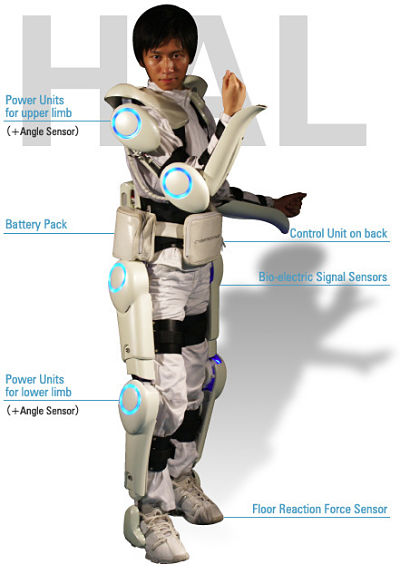
The company provided great assistance in intervening for removing radioactive residues appeared after the earthquake in Fukushima. This alone demonstrates its versatility and usefulness, the list of applications that can benefit from the usage of such a robotic suit is practically endless.
How it works
HAL is a cyborg type robot used to support and expand capabilities of the human body. Since 1992, when the project was launched, Cyberdyne released several versions starting with HAL 1, HAL 3, and ending with HAL 5. Each version has brought improvements in mobility, lower weight and greater autonomy.
To be an extension of the body, the suit must know the intentions of the body. The information about these intentions may be more suitable if it could be read directly from the brain, before reaching human muscles. This scenario is not valid since technology to read human intentions is yet expected to appear. An alternative would be guessing these intentions by observing user’s center of gravity movement when the foot is moved. If HAL knows the position of the center of gravity, it can assume the intention of moving the body and its direction of movement. Suit control can be done in two ways, either using Cybernic Voluntary Control System or Cybernic Autonomous Control System. There’s no mistake, Cybernics is a very new research field that combines cybernetics, informatics, mechatronics and human body research, pioneered at the University of Tsukuba by Prof. Yoshiyuki Sankai.
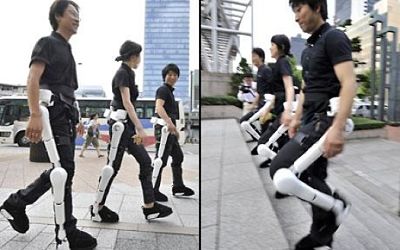
The range of sensors used in construction varies from acceleration sensors to bioelectrical sensors, angular sensors, acceleration sensors and floor reaction force sensors (COP/COG sensors). All these sensors could not be useful without the usage of a powerful CPU to process the information, motors to actuate its elements or a battery power source to energize the entire system.
HAL has a height of 1.6 meters and weights 23 kg, it is divided between the top part and the two mobile parts of the bottom. Top section weight is around 8 kg and the parts attached to legs together weigh 15 kg. The battery provides a range of 2 hours and 40 minutes where the user can lift weights, can walk or use the suit for entertainment purposes. Maximum weight that can be lifted with the suit is 70 kg, a value that exceeds capabilities of a simple human.
Completely covering the leg area, HAL offers a full support for persons with limb disabilities. A voluntary control could not be valid for patients who are not able to send brain signals to the muscles. In this case biocybernic control is not available, Cybernic Autonomous Control taking its place.
Physical support provided by the suit may not be feasible without a complex control system, efficient control algorithms and reliable physical mechanisms. At this stage, the control system is made from two other systems with separate connections. Bio-Cybernic Control is designed to process information from the human body while Cybernic Control is designed to read the information about human body movement with respect to the environment and control the suit based on it.
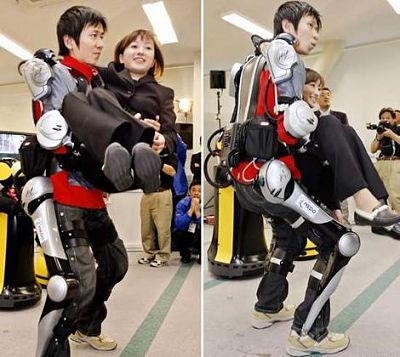
Bio-Cybernic Control sets body movement intentions by reading the bioelectric signals from muscles. Not every type of signal is taken into account, first of all the signal that causes contraction of the muscle fiber is read, this signal is called a myoelectric signal. The synchronization of the suit with human body can be done easily after reading these myoelectric signals which occur before the visible movement of the muscle. According to the received signal and its value, the system responds by amplifying torque and supports the movement. Using these electrical impulses from muscles has led to the development of a control system which does not require human intervention using a physical control like a joystick or a remote control.
Cybernic Autonomous Control intervenes when signals from the brain to lower parts are interrupted (e.g. for a patient with paraplegia). Unable to detect signals, the suit can’t establish motion intentions, but aided by the Autonomous Control system the suit can detect floor reaction forces and joint angles. In this case the exoskeleton suit provides physical support by generating torque. This feature can be useful to sick patients who require support for motion.
Conclusions
The link between medicine and technology becomes increasingly strong as more complex robots and systems like this one are developed. An exoskeleton suit like HAL has an enormous potential which can be used to support people with temporary or permanent disabilities or people working in various areas that require increased lifting capabilities.



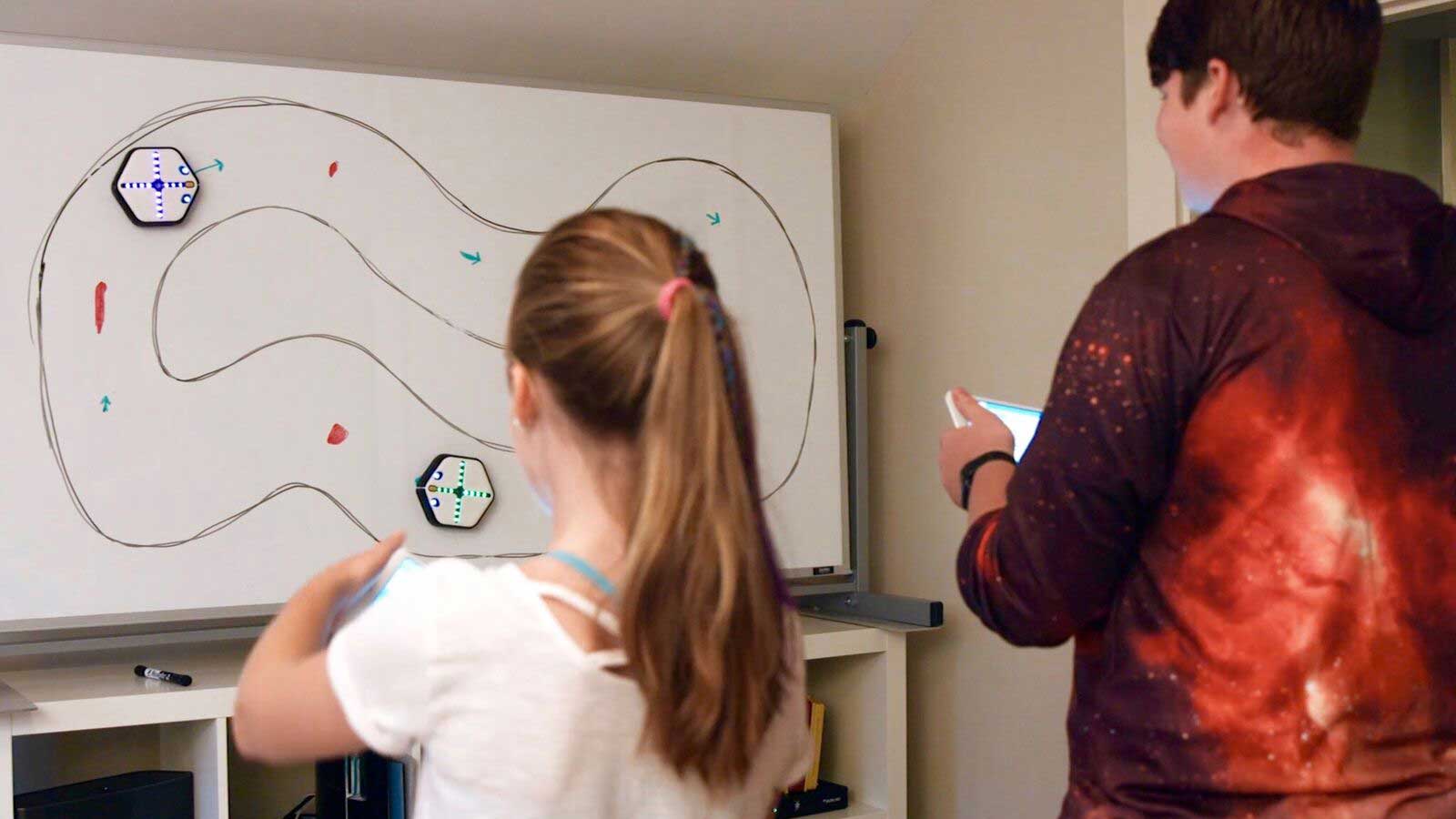
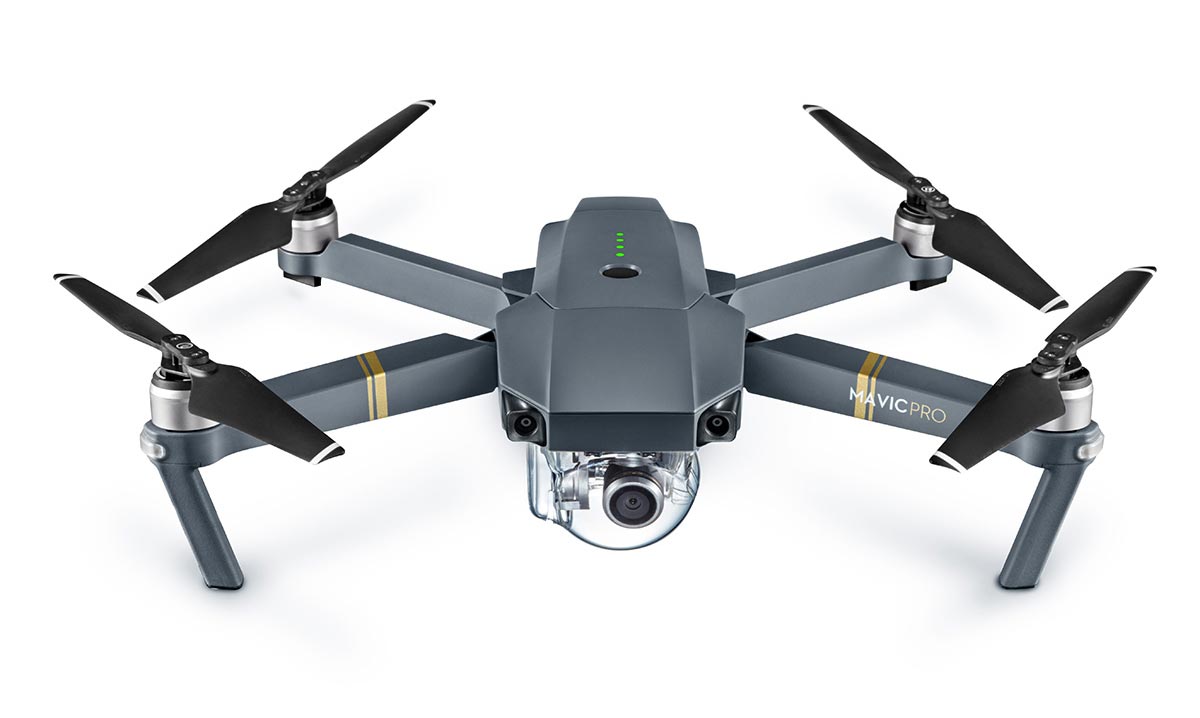
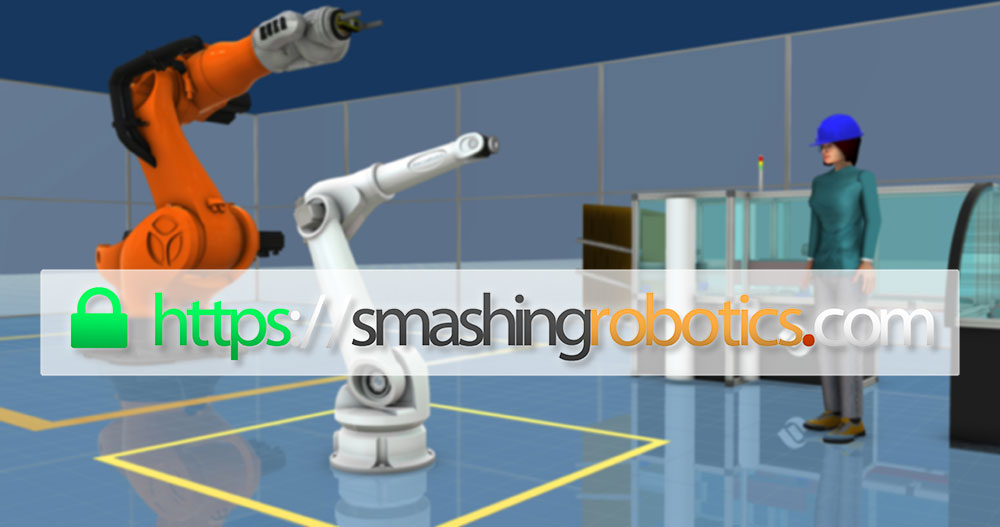


Hey, i am impressed. I would like to know,how i could order 1 for my uncle who is handicapped by polio..
Please let me know…
Let Allah reward you for this
from where can i buy it?! please let me know as soon as possible :/
Sales information and contacts are on the official website: http://www.cyberdyne.jp/english/